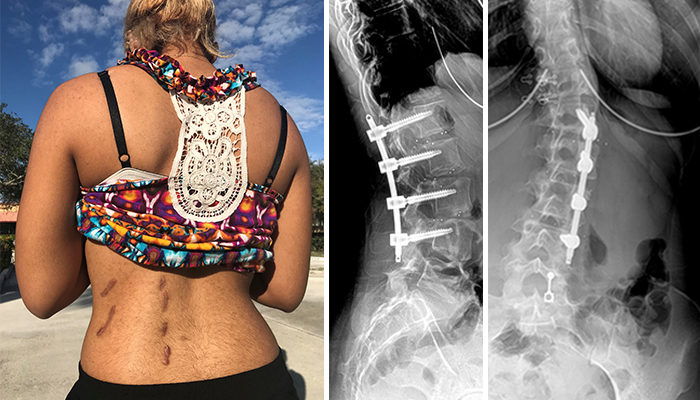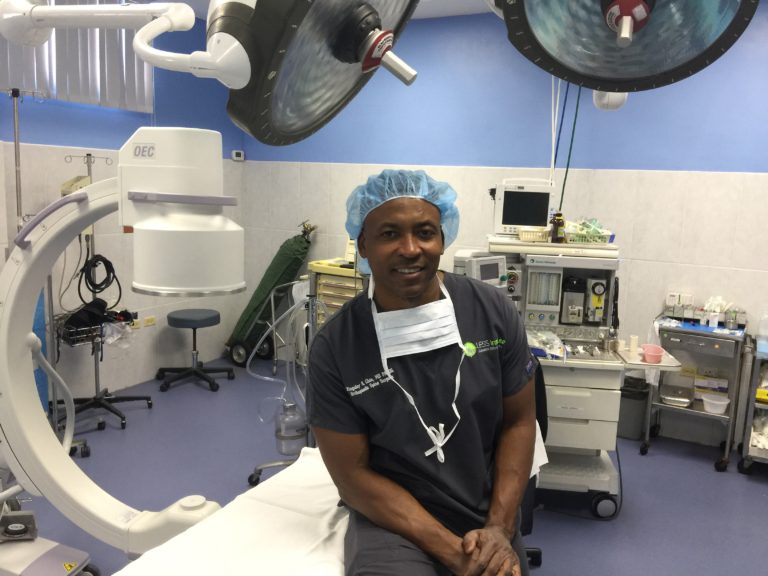What to Expect for Outpatient Surgery?
Fabio Pencle, MBBS; Kingsley Chin, MD
The Consult Visit
When you are diagnosed by your primary care provider with a condition that requires surgery, they should send you to the surgical specialist for further investigation. Surgery is a treatment option for injuries or disorders of the body by incision or manipulation, especially with instruments.
During a consult visit, your surgeon will perform an examination and ask more questions. They will explain their findings and recommendations to you. They may recommend outpatient surgery, often a procedure that lets you go home at the end of the day.
Surgical Education
Our surgical team consist of a surgeon who makes the recommendation and advises the patient about the procedure. Most patients still have questions and we provide a dedicated education class to allow discussion and questions from the patient to be answered. Our trained surgical concierge educator and team provides additional support to the patients and help to coordinate preoperative and postoperative follow up.
Clearance & Preoperative Visits
Once your procedure has been scheduled, you will receive further instructions on clearance and a pre-operative visit will be needed. The Anesthesiologist is a medical specialist responsible for sedation, 'putting you to sleep', and pain control after surgery he will see you prior to surgery.
The Week Before Surgery
In the days before surgery your doctors will recommend that some medications be avoided as they might interfere with healing or anesthesia. Some examples are aspirin and anti-inflammatory drugs such as Motrin, Advil, Excedrin and ibuprofen. Also reduce or stop smoking in the week before surgery.
Night Before Surgery
Eat a light dinner in the late afternoon. Avoid alcohol 24 hours before surgery. Ask your provider if you should take your regular medications. The use of illicit drugs will prevent surgery from being performed.
After midnight, do NOT eat any food including gum, candy, breath mints, or cough drops. Also do NOT drink anything - water, coffee, juice, etc. Do NOT swallow any of the water that is used to brush your teeth.
If you accidentally consume food or water tell your provider as doing so could be dangerous and the surgery may have to be postponed. For your safety, surgery must be done on an empty stomach. Also, if you begin to feel sick or develop a fever call your provider.
These are very general instructions, so ask your MD, as instructions vary with treatment.
Day of surgery
For outpatient procedures, patients should be at the facility at least one hour before their surgery's scheduled time. A staff member will check you in and take you to the waiting area before your surgery. There you will change into a hospital gown.
If you wear glasses, contacts, and/or hearing aids they will need to be removed.
A staff member will come to check your blood pressure, pulse and temperature. Your anesthesiologist will come to talk to you about how you will be sedated, 'put to sleep', and cared for after surgery.
Shortly thereafter, you will be sedated and brought into the operating room for your procedure. If you have any questions feel free to ask them at any time. Our medical staff want to know about your concerns.
Remember to bring with you:
· Someone to take you home
· Your insurance card
· A change of comfortable clothes
· A case or holder for glasses, contacts, dentures or hearing aids (if you wear them)
· Sometimes there might be some waiting involved so you might want to bring a book
Do not Bring:
· Do not bring valuables - jewelry, credit cards or more money than necessary to fill any prescriptions
· Do not wear make-up and make sure nail polish is removed
· Do not use lotions, creams, or aftershave, and do not wear perfume.
· Do not use hairspray, mousse, or gels.
· Do not shave or use deodorants near the site of surgery
· Take off all body piercings
During Surgery for Friends and Family
We know that your surgery can be an anxious time for your friends and family who accompany you to your procedure. Our staff will keep them informed as to your progress while they wait in the waiting room.
After Outpatient Surgery
After your surgery you will be taken to the recovery room. You will be monitored and given time to recover. The length of time will depend upon the type of surgery you had. When it is time to leave, a staff member will go over instructions on how to take care of yourself at home. You may also be given prescriptions that you will need to have filled. If you need some extra help a staff member can help you to your car.
You should take it easy the next few days after surgery. Do not drive or operate machinery the day after surgery. If you have questions, please ask your provider.
You may be tired and feel discomfort after surgery. This is to be expected. Your provider will give you something to ease the pain or discomfort. If you are in pain, have a fever, or drainage and/or pus from where you had surgery, call your provider right away. If you have any acute concerns, call 911 or have someone drive you to the closest emergency room.
Be sure to keep all post-surgery appointments that you have with your surgeon. Call your provider's office for any questions that you might have.
The LESS Institute uses a new philosophy of Less Exposure Surgery (LES), utilizing the least invasive techniques and technologies to achieve the best and most efficient outcomes so patients can return immediately to an active lifestyle. As LESS Institute Founder, Dr. Kingsley Chin, board certified spine surgeon, pursues endeavors of medical entrepreneurship, tourism & mentorship throughout Florida, New Jersey, New York, Arizona & Jamaica, treating thousands of patients globally each year. For more information or to get in touch with our team visit www.thelessinstitute.com or call 855-411-LESS.






